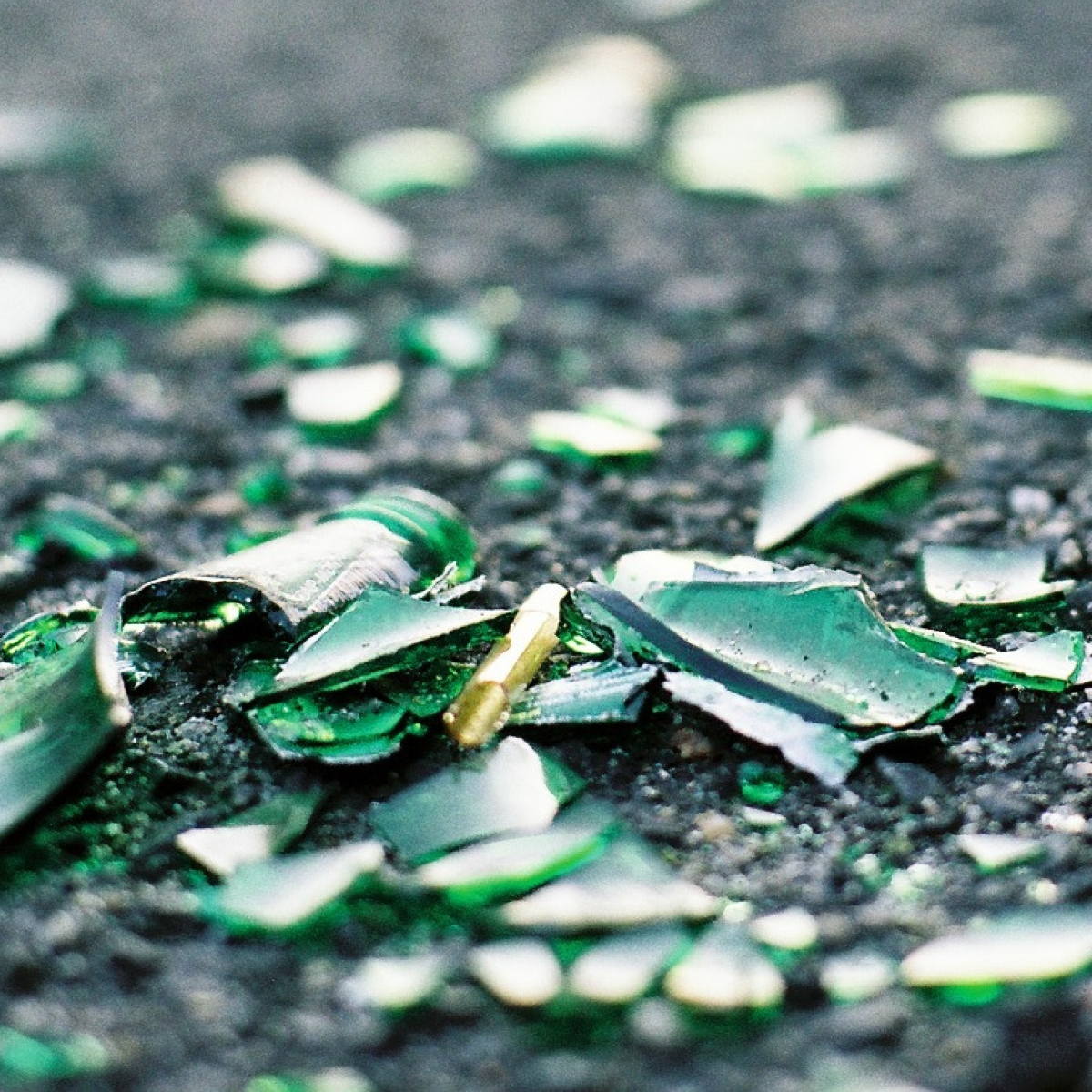In an effort to limit the spread of COVID-19, Theresa Tam, Canada’s chief public health officer, recently recommended that Canadians wear masks with three layers, including a filter layer, as opposed to the two-layer masks many people have been using to date.
Does this mean you should now discard all your two-layer masks? And what is the science behind the new recommendation?
Writer Paul Fraumeni explored these questions with Vivek Goel, a professor at the Dalla Lana School of Public Health and a special adviser to U of T’s president and provost who is helping to guide the university’s pandemic response.

Do you support Tam’s recommendation to wear three-layer masks?
Yes, with the winter coming, many people will be spending more time indoors. It is important that we continue with all the recommended precautions, including regular hand washing or use of hand sanitizer, limiting being indoors with people you don’t live with and staying six feet apart when you are in enclosed spaces. But many will have to be, for example, on buses and subways or in supermarkets and other retail stores. This recommendation from Dr. Tam is just another level of precaution and safety.
What about our two-layer masks – do we now have to throw them out and find three-layer masks?
Dr. Tam has not recommended discarding any of the two-layer masks that you have. My advice is to feel free to continue to use the masks that you have, but if you’re in a close-contact environment you might want to consider a new three-layer mask. Or with your existing masks, you can double them up. Some people are using, for example, a paper mask with a cloth mask. If you have a two-layer mask, there are other ways of getting to the three-layer level of protection without throwing all your masks away.
Why have health officials changed their guidance on masks throughout the pandemic?
When this virus first emerged, the global health community knew little about it. It was brand new. Since then, the knowledge base has been evolving and so the recommendations evolve. Dr. Tam made another important point when she said she could well be recommending something else new about masks in a few months. This knowledge is based on science and we need to stay science-based. It is going to continue to evolve. This evolution of knowledge is part of the normal course of science. It is usually hidden from the public, but it is quite visible and high profile as we go through a pandemic. It was the same with the virus that became known as HIV-AIDS. When it was first affecting people, we knew nothing about it. But experience and research continued to help us learn and make recommendations for safety and treatment.
Wearing a mask has become a common practice. But can you remind us of the benefits?
We know now that people who have COVID-19 in the early stages of infection can be asymptomatic. That means they don’t have symptoms of the virus such as a cough or fever. But they can still be contagious in this asymptomatic stage. So, the primary goal of wearing a mask is actually to prevent you from transmitting the virus to others if you are infectious but asymptomatic. But a good, multi-layer mask also likely helps to protect you from those who have COVID-19. The more layers you put in, the more likely it becomes a two-way protection.
How do masks actually work in protecting us from spreading or contracting COVID?
The virus is primarily spread by droplets you cough or sneeze into the air and, to a lesser extent, onto your hands and then you touch a surface and others touch it soon after.
A significant fraction of the droplets you’re breathing out are going to get blocked by the mask. The level of protection is just logic. The more layers you put in, the more particles you will block. Cloth masks are made by weaving fibres together. At a microscopic level, there are spaces between the fibres and the spaces are actually larger than the smallest viral particles. So, if you have a single-layer mask, a lot particles could pass through more easily.
Adding more layers improves the protection?
Yes, but the protection has a lot to do with how you position the layers and change the position of the weave. There is a good analogy you may have heard about with the holes in a slice of Swiss cheese. If you have two slices and you orient them in different directions you’re going to not have that many holes left. That’s how a multi-layered mask works. The more layers you add in different orientations, the more you reduce the spaces between the fibres.
What about the actual materials used to make the mask?
This is a key point of Dr. Tam’s recommendation. The Public Health Agency of Canada is recommending a mask have two layers that are cloth material and the third layer is a filtered type of fabric. They are suggesting a polypropylene fabric. That’s the kind of material that is used in the N95 masks that health professionals use.
So, when you have polypropylene, which is the filter fabric, and then more layers of regular cloth, you’ve actually created a pretty substantial barrier.
And it’s always important to re-state that it’s not about perfect protection, but about reducing risk. If you reduce risk enough and continue to wear a mask, wash your hands, stay six feet apart and avoid large gatherings, you’re bringing the overall community transmission rate down.







